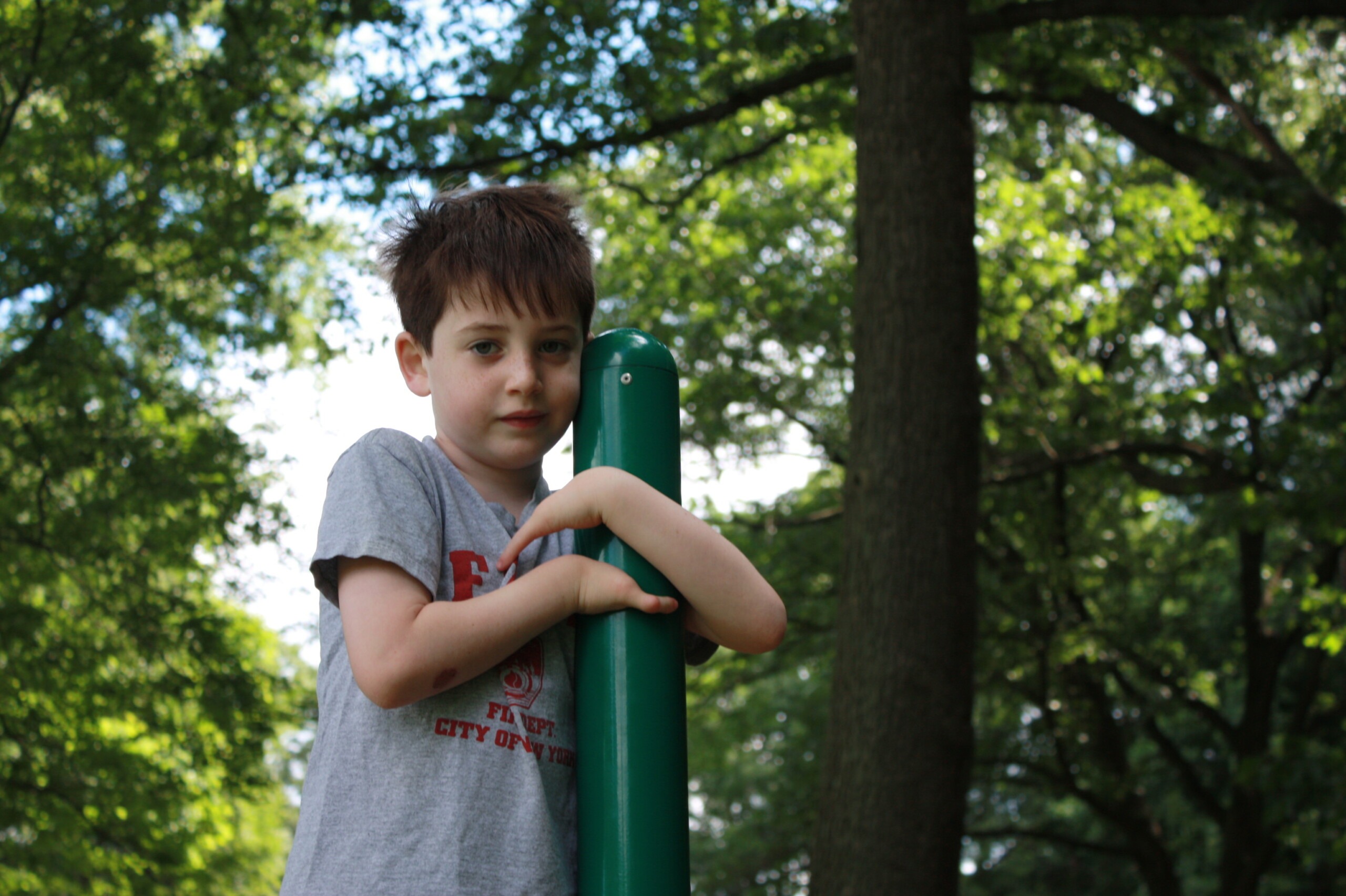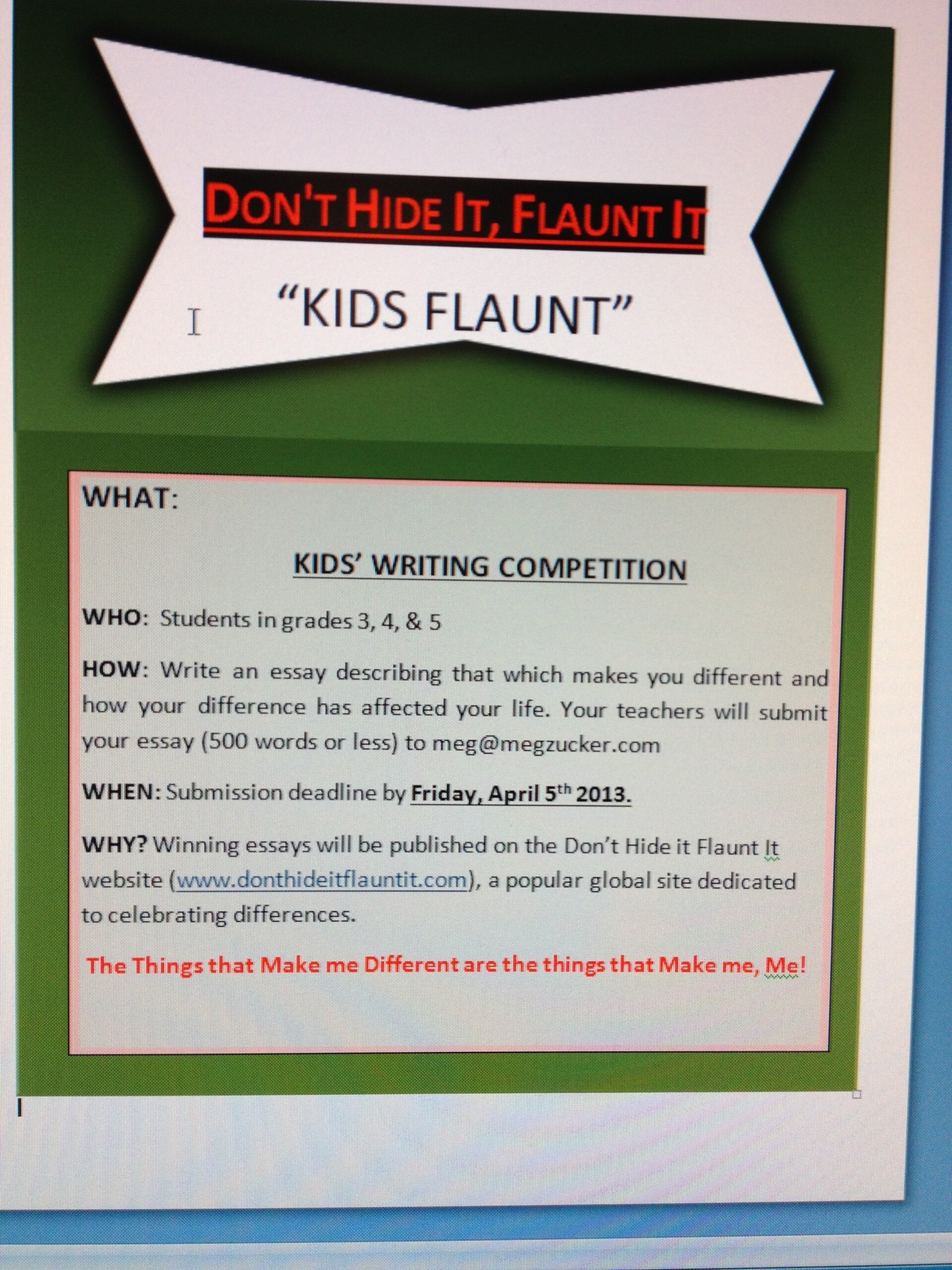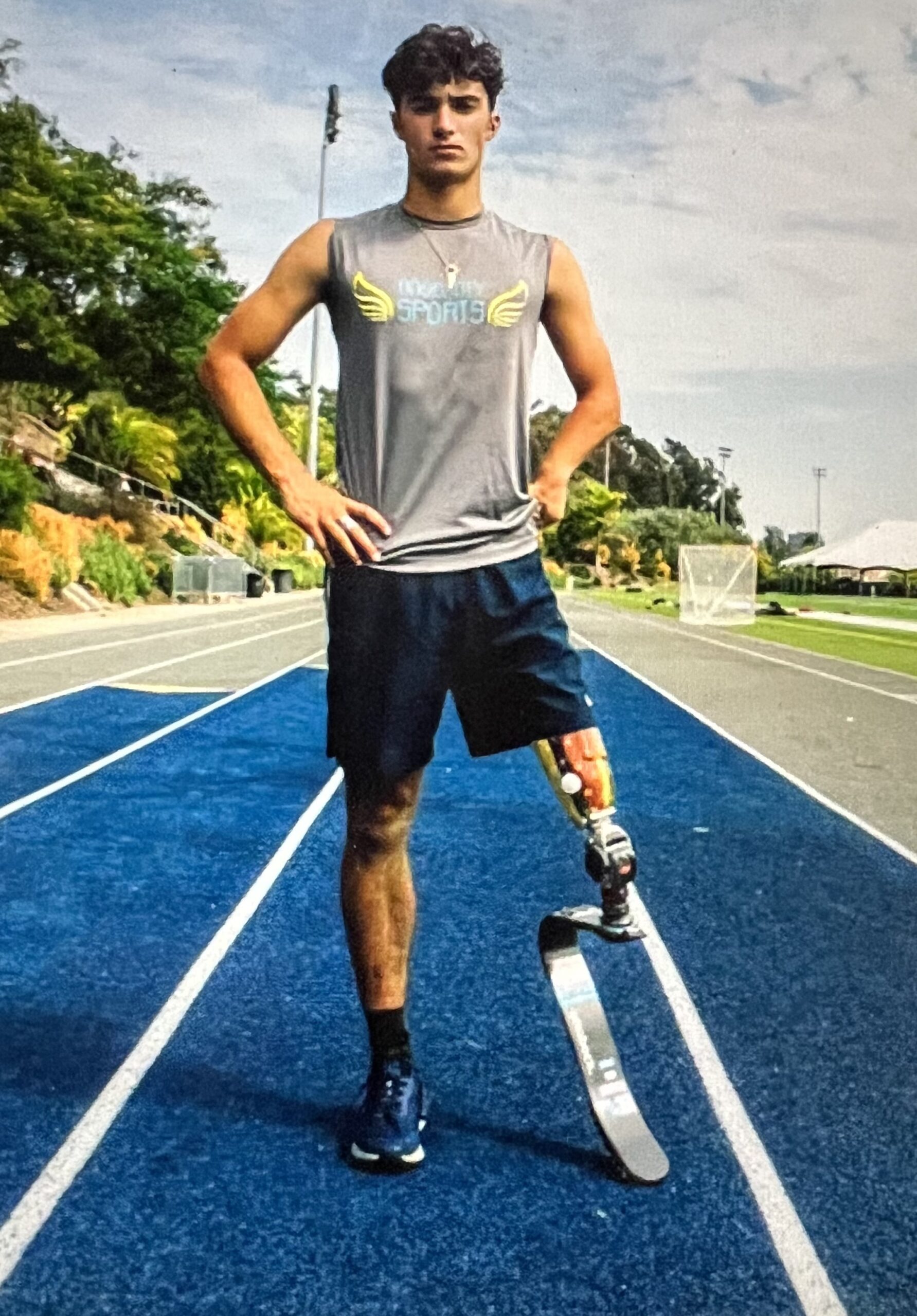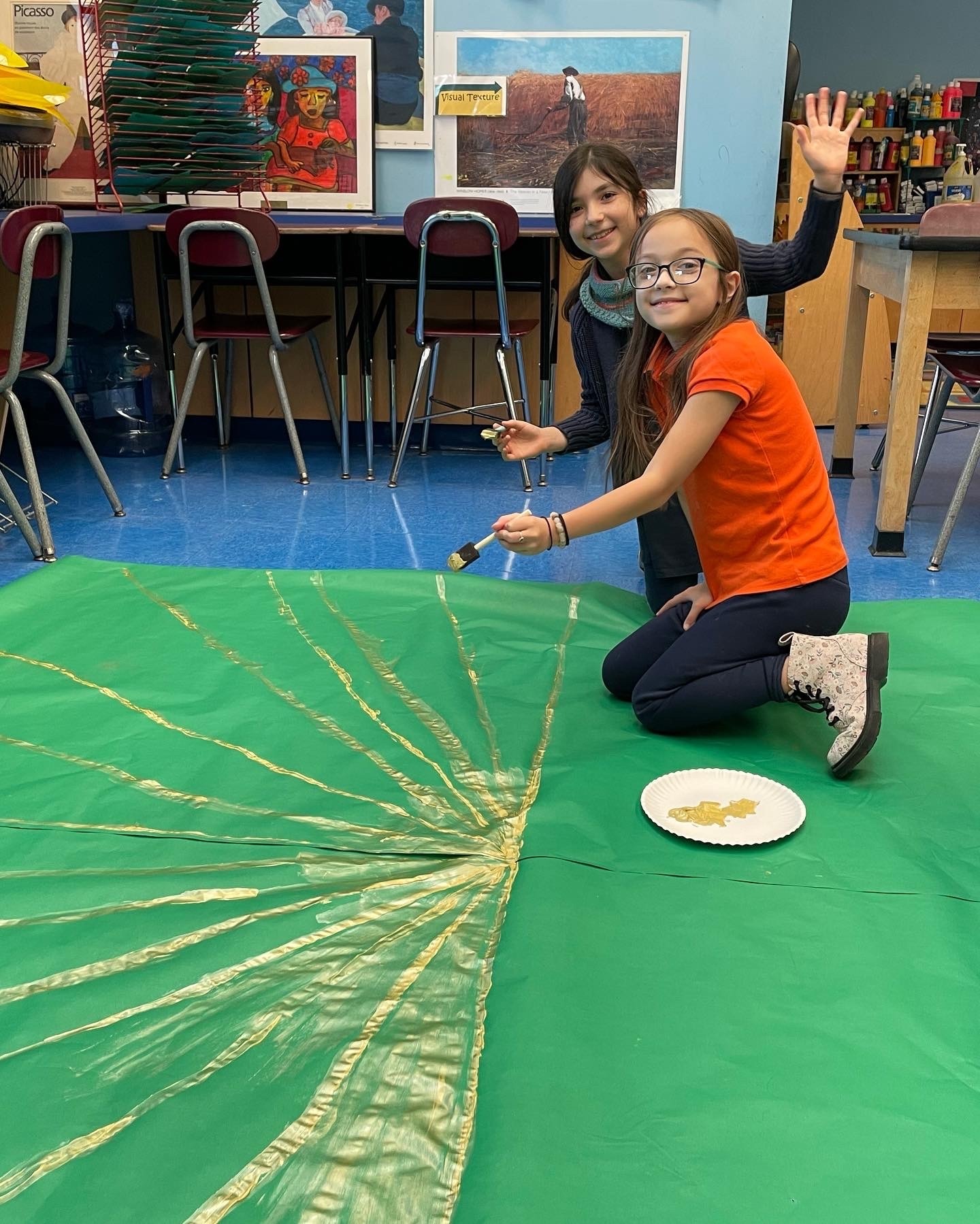“Mommy, why did that boy die?” I turned around to Savanna, our six year-old, cursing myself that we had left the morning news running in the background during breakfast. We were scrambling, like every weekday morning, to catch traffic and weather before the commute to Manhattan while simultaneously getting three children ready for school. I quickly noted that U.S. Senator Bob Casey was being interviewed about a recent, tragic bullying incident, but then shut off the television, making a mental note to catch the story on my iPad later while in transit. These stories cut deeply for me.
 Born with ectrodactyly, leaving me with a single finger on each hand, shortened forearms and a single toe on each foot, and with two of my three children also born with the same condition, the thought of a child being bullied and harmed hits home. Not that this type of cruelty has happened often, thankfully, to our family. But I immediately recalled the day in 1st grade when our oldest son, Ethan, was surrounded on the playground by five fourth graders who taunted him about his misshapen hands. Little did they realize his feet were just as different. The worst part was that he simply wanted to walk away from these mean kids but couldn’t. He was surrounded and intimidated. Fortunately, his best friend came and grabbed Ethan by the hand and loudly declared that the bell had just rung. He then pushed our son through the wall of older boys to safety. When we heard that afternoon what had happened, my husband, John, and I both felt numb; the pain of feeling that your child is being mistreated just for being himself, was excruciating.
Born with ectrodactyly, leaving me with a single finger on each hand, shortened forearms and a single toe on each foot, and with two of my three children also born with the same condition, the thought of a child being bullied and harmed hits home. Not that this type of cruelty has happened often, thankfully, to our family. But I immediately recalled the day in 1st grade when our oldest son, Ethan, was surrounded on the playground by five fourth graders who taunted him about his misshapen hands. Little did they realize his feet were just as different. The worst part was that he simply wanted to walk away from these mean kids but couldn’t. He was surrounded and intimidated. Fortunately, his best friend came and grabbed Ethan by the hand and loudly declared that the bell had just rung. He then pushed our son through the wall of older boys to safety. When we heard that afternoon what had happened, my husband, John, and I both felt numb; the pain of feeling that your child is being mistreated just for being himself, was excruciating.
Sitting on the commuter train that morning to Manhattan, tears began to stream steadily down my cheeks as I read the article from the morning news about Bailey O’Neill, an eleven-year-old boy from Pennsylvania who had just died. Bailey’s father, Rob, said his only child was punched during a bullying incident at recess at school on January 10, 2013. He said Bailey, a 6th grader, suffered a fractured nose, a concussion and seizures from the attack. Two weeks after the incident, he was placed in a medically induced coma. Bailey’s parents wanted him to see his 12th birthday, but as hope of his recovery faded, they took him off life support. “Honestly, I just miss sitting with him on the couch,” said O’Neill, 39. “I won’t hear ‘Daddy’ anymore. That’s tough.” During the interview, O’Neill said his son told him that one boy pushed him into another boy who punched him. His son didn’t want to fight, he said. “He wanted to walk away and couldn’t,” he said. “If someone wants to walk away, let them walk away.”
The report turned to the valiant efforts of Senator Bob Casey (D-PA) and Senator Mark Kirk (R-IL) to pass the Safe Schools Improvement Act. Said Casey, the bill, “will require school districts that receive federal funding to develop codes of conduct that specifically ban bullying and harassment. This includes cyber-bullying and bullying based on a student’s actual or perceived race, color, national origin, sex, disability, sexual orientation, gender identity or religion. Putting an end to bullying will require a consistent message from adults, including lawmakers, that young people can make a real difference in their lives and the lives of others when they speak up about bullying and harassment.”
As I thought about the Act and its potential impact, I recalled a recent exchange in our car between Ethan and one of his friends. “Ethan, are you going to play baseball this year?” Although his younger brother Charlie, born with two fingers on each of his more-developed hands is now playing for the first time this season, Ethan had considered the challenges of using a glove and self-selected himself out of the sport. “Nah, I think I will stick with tennis and basketball”, he replied. I later learned that his friend felt badly for seeming insensitive on the baseball subject. In reality, Ethan was unfazed by the conversation and never thought of it again. In speaking with the boy’s mother, I expressed my appreciation for the fact that her son had simply forgotten about Ethan’s difference which is why he assumed baseball was an option. I explained that I enjoy the same moment when friends casually suggest that I join them at the nail salon, forgetting that with only two fingers, it wouldn’t be much of a treat for me. The fact is, when you are exposed to other people’s differences on a real and personal level, on a daily basis, they become the new normal for you. The subject becomes a non-subject. A challenge arises, however, because not everyone has the benefit of having their kids grow from a friendship that can teach about difference, without parental or governmental intervention.
 That is why I began a “”Kids Flaunt” writing competition this Spring on my “Don’t Hide it, Flaunt it” site, with the theme, “The Things That Make Me Different, Make Me, Me.” The winning essays to be published on my website. Ethan and I have even kicked off the competition personally in some participating schools. As interest grew in the competition, I was really pumped up, immediately assuming that all children could identify one aspect or trait about themselves that makes them unique. They would all find something they could not only write about, but even celebrate. But yesterday I heard something that makes me feel all the more strongly that this type of direct effort to engage our children is not only useful, but necessary if we are going to reach them in a way that develops their character. It was from a parent whose child was participating in the Kids Flaunt writing competition. “Meg, this is such a great idea, but it has been interesting. There are many kids that are struggling with this, because they don’t consider themselves as even having a difference, challenged to figure out what to write about in the first place.” From her comment I understood that most children equate difference with something negative. Standing out for being different can have an unwelcome social cost and so having a difference is not something they wish to celebrate. In its worst form, kids with an aversion to appearing different, and those intent on deflecting attention from their differences, can actually be the bullies. They mete out the punishment to anyone deviating from their comfort zone and the general norm. So what is to be done?
That is why I began a “”Kids Flaunt” writing competition this Spring on my “Don’t Hide it, Flaunt it” site, with the theme, “The Things That Make Me Different, Make Me, Me.” The winning essays to be published on my website. Ethan and I have even kicked off the competition personally in some participating schools. As interest grew in the competition, I was really pumped up, immediately assuming that all children could identify one aspect or trait about themselves that makes them unique. They would all find something they could not only write about, but even celebrate. But yesterday I heard something that makes me feel all the more strongly that this type of direct effort to engage our children is not only useful, but necessary if we are going to reach them in a way that develops their character. It was from a parent whose child was participating in the Kids Flaunt writing competition. “Meg, this is such a great idea, but it has been interesting. There are many kids that are struggling with this, because they don’t consider themselves as even having a difference, challenged to figure out what to write about in the first place.” From her comment I understood that most children equate difference with something negative. Standing out for being different can have an unwelcome social cost and so having a difference is not something they wish to celebrate. In its worst form, kids with an aversion to appearing different, and those intent on deflecting attention from their differences, can actually be the bullies. They mete out the punishment to anyone deviating from their comfort zone and the general norm. So what is to be done?
For one thing, I am hoping that the Safe Schools Improvement Act will inspire practical engagement with children, helping them to embrace their differences, and perhaps even learn from, rather than harming one another. But there is so much more to do on a personal level. Last week, Ethan came home and showed me his own Kids Flaunt essay submission.
Here was Ethan’s last paragraph of his essay.
 “My mom has a saying that I think is very important: “The Things That Make Me Different Are the Things That Make Me Me.” That phrase means that differences contribute a lot to who you are. You must learn to overcome the obstacles that your difference may have brought with it. Everybody has some kind of difference—even if I can’t see it on other people like they can see it on me. Even those kids behind the tree that bullied me for having one finger that day in 1st grade must have had some sort of difference. I just could not see it. In my case, I may have had to learn early on about how to accept myself because of my difference, but even if some believe it has been the “hard way,” I think it will be ultimately the best way.”
“My mom has a saying that I think is very important: “The Things That Make Me Different Are the Things That Make Me Me.” That phrase means that differences contribute a lot to who you are. You must learn to overcome the obstacles that your difference may have brought with it. Everybody has some kind of difference—even if I can’t see it on other people like they can see it on me. Even those kids behind the tree that bullied me for having one finger that day in 1st grade must have had some sort of difference. I just could not see it. In my case, I may have had to learn early on about how to accept myself because of my difference, but even if some believe it has been the “hard way,” I think it will be ultimately the best way.”
While I am personally grateful for Casey and Kirk’s efforts and will rejoice if the Act is passed, the reality is that even if a school has the right policy, edict or code of conduct, success will not come from the wave of a banner in a school hallway. It’s not about what children are told they should not do. It’s about having them feel that difference is a relatable subject, and that although most kids are not the victims of a bully or even the bully themselves, they are the bystanders that don’t believe it could ever happen to them, as long as they fit in.




